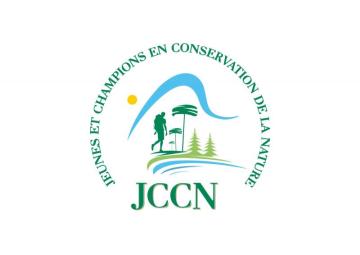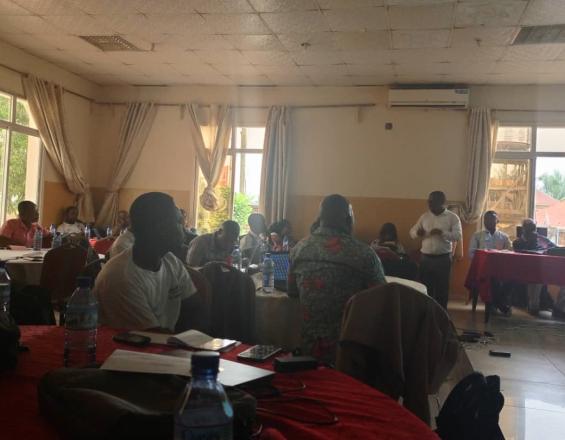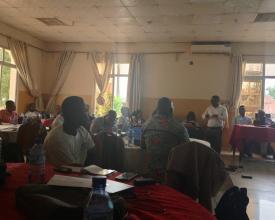
Biodiversity conservation by local communities in APAC IMAME

APAC IMAME is located in the Groupement de Tchambi, Bangengele sector in the Kailo territory. With a total surface area estimated at 18,688.44 ha, the APAC is traditionally managed by the customary guardians of the BANGENGELE community. IMAME is one of the APACs managed exclusively by the local Bantu community (Bangengele), based on customary rules. The area has a diversity of habitats ranging from primary and secondary forests to swampy areas and savannahs, home to several individuals and species of crocodile, pangolin and primate. Non-timber forest products include edible mushrooms, caterpillars, wild food plants and medicinal plants. To this end, it contributes to in situ biodiversity conservation through traditional natural resource management.
Contexto
Défis à relever
APAC IMAME faces a number of challenges. For example, due to its location near the buffer zone of the Lomami National Park, APAC IMAME is subject to anthropic pressure from riparian communities who seek refuge there for various purposes of access to natural resources. The mobilization of customary rules will thus have a positive impact on the implementation of good traditional resource management practices, with the aim of contributing to biodiversity conservation.
Ubicación
Procesar
Summary of the process
The APAC IMAME area is traditionally managed by customary guardians who regulate access to resources, notably by applying sanctions where necessary. As an Aire du Patrimoine Autochtone et Communautaire (APAC), the area benefits from ANAPAC support to strengthen governance and land tenure security.
Building Blocks
Management by customary authorities
APAC IMAME is governed by local communities.
Enabling factors
The mobilization of customary rules and practices in natural resource management
Lesson learned
The use of natural resources contributes to maintaining the ecological integrity of natural ecosystems and conserving biodiversity.
Collaboration with ANAPAC at national level
ANAPAC is the National Alliance for the Support and Promotion of Indigenous and Community Heritage Areas and Territories.
Enabling factors
Membership of ANAPAC helps strengthen governance and the promotion of cultural and spiritual values in the area.
Lesson learned
Support from APAC helps promote APAC.
Impacts
In terms of impact, it should be noted that access to land and natural resources in APAC IMAME is open to all community members, with strict respect for traditional use. Cultural attributes present in the APAC IMAME area include sacred sites and custom-keeper enthronement sites. Mechanisms for promoting the main cultural values are geared towards the organization of rituals and cultural initiation ceremonies. The site features mystical crocodile ponds known locally as Makoka.
Beneficiaries
Beneficiaries include local community members, technical and financial partners, researchers, members of civil society and environmental activists.
Sustainable Development Goals
Story
APAC IMAME is located in the Groupement de Tchambi, Bangengele sector in the Kailo territory. With a total surface area estimated at 18,688.44 ha, APAC IMAME is traditionally managed by the customary guardians of the BANGENGELE community. IMAME is one of the APACs managed exclusively by the local Bantu community (Bangengele), based on customary rules. The area has a diversity of habitats ranging from primary and secondary forests to swampy areas and savannahs, home to several individuals and species of crocodile, pangolin and primate. Non-timber forest products include edible mushrooms, caterpillars, wild food and medicinal plants, etc.
APAC IMAME is traditionally managed by customary guardians who regulate access to resources, notably by applying sanctions where necessary. The site has no management plan, as is the case in some APACs with CFCL status. In the area, access to land and natural resources is reserved for all community members, with strict respect for traditional use. Cultural attributes present in the APAC IMAME zone include sacred sites and custom-keeper enthronement sites. Mechanisms for promoting the main cultural values are geared towards the organization of rituals and cultural initiation ceremonies. The site features mystical crocodile ponds known locally as Makoka.



